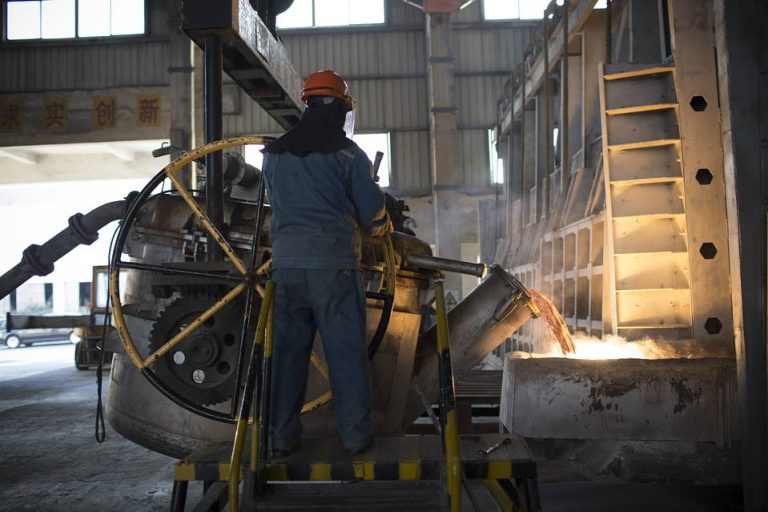~ Let’s not let our high street fall to the wayside ~ The government has recently announced plans to invest billions of pounds into UK infrastructure to help rebuild the economy. The UK will “Build Back Better”, it claims. The decline of the British high street has been cause for concern for a number of years, but this new investment could offer a lifeline. Here, Nick Cowley, managing director of aluminium building product supplier, Endurawood, shares insight into how to construct a modern high street that thrives. It’s no secret that the high street has been troubled in recent years. Consumers are increasingly turning to online shopping, and if they do venture out, it’s probably to a large indoor shopping centre. With fewer customers on the high street, retailers are not making enough profit against their overheads, forcing them to close high street stores. The resulting empty shops are an eye sore, making towns and cities appear run down and lifeless. The high street must be renovated in order to bring shoppers back, and retailers must adapt to modern consumer lifestyles and shopping habits. Time to adapt The British high street developed in the 1860s and 1870s due to urbanisation, as many people no longer had the facilities to grow their own crops or keep livestock. Consumer lifestyles were vastly different at that time — there was no internet, less travel and less to do. Shoppers had no choice but to buy their supplies from the high street, and had more time to do so. Now, many consumers have larger work time commitments, and the ability to travel and use the internet makes it easy to shop elsewhere. With many shoppers now possessing a more modern lifestyle, the high street must adapt and evolve to avoid death of businesses. A number of high street shops trade nine-to-five and close completely on Sundays. For a worker in a nine-to-five Monday to Friday job, this outdated trading pattern leaves only Saturday as an opportunity to shop. Retailers who start opening an hour earlier in the morning or offer late night shopping will be able to create a few extra hours of shopping time a day. To prevent shoppers going elsewhere, high streets must offer something unique. Dispersing small businesses between the well-known retailers gives shoppers the perfect balance of the familiar and the novel find. Hosting events, such as student discount nights, food festivals and craft markets, can attract shoppers and add vitality to the high street. Shoppers are unlikely to tire of the ease of online shopping. Because of this, retailers should aim for their stores and websites to work together. A great way to do this is through click and collect delivery, as the shopper is likely to see something they like in store when they visit to receive their order. Ensuring customers experience a welcoming and calming atmosphere gives physical shops an edge over online shopping, where there is no contact. Shoppers who choose to go to store wish to view the items in person and have an enjoyable trip out of the house, so retailers must capitalise on this. Keeping up appearances The appearance of the high street is critical to its success. Visitors to an area of empty shops and run down streets are likely to turn away and never come back. In contrast, passers-by of a modern, prosperous area are likely to explore. Investment in new paving and lighting can make a large difference to the feel of a high street. Incorporating areas of interest, such as sculptures and small green spaces, also helps to uplift the area and provides space for social interaction. Adding more cafés and restaurants also boosts the social attraction of the high street. However, the main way to boost the appearance of the high street is to update the shops. Drab buildings give the impression of a boring and lifeless shopping experience, so modernising is essential. Exterior cladding can transform an ordinary brick building into a sleek store with character, and make the area appear warmer and more welcoming. Adding decking to the outside of cafés and restaurants provides a new space for trade, and the ability to seat customers outside gives the appearance of a thriving high street. Incorporating railings into the surrounding area can provide spaces for shoppers to get away from the hustle and bustle of the high street and recharge. Adding enclosures can conceal unsightly areas, such as large shop bins, keeping the space looking clean and clear. However, it’s important that the materials used to renovate the high street are durable and low maintenance, allowing the area to look new for years to come. Endurawood is an aluminium material with a woodgrain finish. Endurawood is available in cladding, decking, railing and enclosure systems that are easy to install and provide a number of performance benefits over traditional wood. Aluminium is non-warping, frost-resistant, non-porous and dissipates heat, making it durable in all weathers. The woodgrain finish is colour stable and stain and scratch resistant, ensuring the features stay looking pristine. In addition, the material is non-combustible and slip resistant, which ensures the safety of customers and staff. The new government investment into infrastructure provides an ideal opportunity to re-invent the high street. By incorporating changes in retail operation with updated store aesthetics, the high street can return to being the thriving hub of urban areas — creating employment and boosting the local economy.





